Better than your average catcher: Where Yogi Berra ranks all time

D-Day veteran, comic foil, celebrity pitchman, eminently quotable dispenser of folk wisdom, pop culture icon, dugout sage: Yogi Berra, who passed away on Tuesday, wore so many hats in his 90 years of life—and wore them well—that they sometimes tend to obscure his greatness as a ballplayer.
Indeed, his skills and accomplishments sometimes get buried under the aphorisms and the charisma, even though Berra won three Most Valuable Player awards and was elected to the Hall of Fame in 1972 on his second turn (just what the hell was the BBWAA waiting for?). Largely, that's a product of the passage of time. It's been half a century since Berra's playing career concluded with his four-game cameo for the Mets, for whom he served as a coach in 1965. A dwindling number of people saw him play first-hand, or even via television. Far more of us remember him as a coach, manager, beloved old-timer (whether in exile or returned to the fold), pitchman for beer or insurance, and so on.
Remembering the great American life of Yankees legend Yogi Berra
While it may seem as though focusing on Berra's numbers misses the point of the man with a persona so larger than life that his is perhaps the second-most popular nickname in sports history (Babe Ruth still wears the crown), it's worth delving into what the statistical record can and can't tell us about him. For starters, he was the greatest winner the sport has produced, as measured by having played on record numbers of pennant winners (14) and World Series champions (10) during a 19-year career (1946–63, '65) whose bookend seasons are throwaways totaling 11 games. The heart of his career spanned from integration (1947) to expansion ('61–62) and bridged the gap in Yankees history from post-World War II Joe DiMaggio to the prime years of the Mickey Mantle-Roger Maris tandem, not to mention the most successful managerial run in history, that of Casey Stengel, who led the team to 10 pennants and seven championships in a 12-year span from '49 to '60. For all of their bigger-name stars, the Yankees couldn't have done what they did without Berra, whose prowess with the bat came much more naturally than with the glove, and who had numbers that reflect his knack for coming through in the big games, and in the clutch in general.
Yogi Berra, American original and Yankees immortal, dies at 90
When he retired, Berra held the records for the most plate appearances (8,359), hits (2,150), home runs (358), runs (1,175) and runs batted in (1,430) by a catcher—or more accurately, by a player who spent the majority of his career at catcher. Retrosheet and the Society for American Baseball Research weren't around at the time to tweeze what Berra did with the stick during his 1,699 games as a catcher from the 260 he played in the outfield, or the three at the infield corners, or his appearances as a pinch-hitter; even now, the exact totals aren't quite complete. So while we know the great story of the telegram that Berra sent Johnny Bench in 1980, when the Big Red Machine's key cog hit his 314th career homer as a catcher and was thus recognized as the record-holder—"I always thought the record would stand until it was broken" is as Yogi as Yogi-isms get—we also know that Baseball-Reference's Home Run Log, a project begun in the 1940s by a man named John C. Tattersall and continued by various SABR members, credits Berra with only 305 homers as a catcher. He owned the record, once.
Even today, Berra's offensive totals more than hold their own among his catching peers. Only four players who spent the majority of their time at catcher (Ivan Rodriguez, Ted Simmons, Carlton Fisk and Jason Kendall) have surpassed him in hits, only three (Mike Piazza, Bench and Fisk) in homers and only two (Rodriguez and Fisk, the Pudges) in runs. Berra remains unsurpassed in RBIs as well as All-Star appearances (18, from 15 seasons plus three of the four years in which two games were played). His raw rate stats aren't quite as impressive among that group, though they still stand out: among catchers with at least 6,000 PA (including time at other positions), his .285 batting average is 11th, his .348 on-base percentage 15th, his .482 slugging percentage fourth.
Indeed, Berra's power was elite for a backstop, even if, as a lefthanded hitter, it was aided by the favorable foul-line dimensions of the first Yankee Stadium, which from 1938 to '73 measured just 296 feet down the rightfield line, as well as 301 feet down the leftfield line, compared to a cavernous 461 feet to dead center. Berra hit .286/.354/.505 with 210 of his 358 homers at home (all but eight of his home plate appearances came at the House That Ruth Built), compared to .283/.341/.461 with 148 homers on the road. He never led the league in longballs, but he ranked either third or fourth five times and had nine top-10 finishes in both that category and in slugging percentage.
Derek Jeter, Joe Torre and other former Yankees remember Yogi Berra
Speaking of his power as well as his reputation as a bad-ball hitter: Berra rarely struck out. He had five seasons with more homers than strikeouts, including 1950, when he went yard 28 times and whiffed just 12 in 656 plate appearances. He struck out just 414 times in his career, or in 5.0% of his plate appearances, less than half the major league average of 12.2% during his career and better relative to his league than even the notoriously strikeout-averse DiMaggio, who struck out 4.8% of the time against a backdrop when the MLB rate was 9.2%.
Back to the rate stats: Adjusted for ballpark and era, Berra's 125 OPS+ ranks eighth among catchers, but it's a tight cluster behind Piazza's 142, with seven others—Joe Mauer, Mickey Cochrane, Bill Dickey, Bench, Ernie Lombardi and Gabby Hartnett—bunched between 129 and 126. Note even then that despite the era-specific adjustments, all of the aforementioned except Bench and Berra hail from the two sustained post-1900 peak periods of inflated offense, either the 1920s and '30s or the mid-‘90s and 2000s.
Dodgers broadcaster Vin Scully salutes Yogi Berra
As for his defense, once Dickey learned Berra all of his experiences as a backstop and once Bucky Harris (who managed the Yankees in 1947–48 and who often played Berra in the outfield) gave way to Stengel, Berra became a workhorse behind the plate. He led the AL in games caught for eight straight years (1950–57), a stretch during which he made just nine starts at other positions. Though he played in an era where the stolen base was largely out of vogue, he did a good job of shutting down what running game there was, throwing out 49% of would-be base thieves during a career where the average was 45%. He led the league in stolen bases allowed just twice, ranking second four times and third three times. By comparison, he led the league in caught stealing three times, ranked second five times and third twice. Only once did he lead the league in passed balls, and only three other times was he runner-up.
Alas, we don't have any statistical evidence as to how good he was at pitch framing, and beyond the anecdotes, we can only infer how good he was at his overall handling of the pitching staff by noting that while he was behind the plate, the Yankees were invariably among the league's best teams in run prevention. From 1946 to '63, they posted the league's lowest rate of runs allowed five times and lowest ERA seven times, never ranking lower than third in in either category. Some of that owed to the ballpark; despite its shortness down the lines, Yankee Stadium actually suppressed scoring relative to the league.
Athletes react to death of Yankees legend Yogi Berra
Via Wins Above Replacement—which admittedly has its limitations with regards to catchers because of the value they add via the aforementioned framing and staff-handling—Berra never led the AL, but he ranked among the league's ten most valuable players seven times, including third in 1956 (6.3 WAR) and fourth in '50 and '52 (5.6 apiece). None of those years coincide with the ones in which he actually took home MVP honors; he was seventh in 1951 (4.8), sixth in '54 (5.4) and ninth in '55 (4.5). All of those award wins were very close. The 1954 one, in a rare year when the Yankees didn't win the pennant, saw four Indians (who did) among the top six in the voting; what's more, while Berra received seven first place votes, three Cleveland players—Larry Doby, Bobby Avila and Bob Lemon—each received five. Had a greater consensus coalesced around any of those candidates, they might have beaten out our pinstriped hero.
Back to WAR: Berra's total of 59.5 ranks fifth among catchers, surpassed only by younger men with better conditioning, greater defensive value and greater longevity, not to mention seasons of 162 games rather than 154: Bench (75.0), Gary Carter (69.9), Rodriguez (68.4) and Fisk (68.3). For the purposes of comparing Berra more fully to the Cooperstown cohort of catchers, his peak score (his best seven seasons, non-consecutively) of 37.0 WAR is tied with another lifetime Yankee, Thurman Munson, for sixth behind Carter (48.2), Bench (47.1), Piazza (43.1), Rodriguez (39.7), Mauer (38.5), and Fisk (37.5)—again, a more modern group that benefited from a longer schedule and fewer doubleheaders, among other advantages. My JAWS system, which uses the average of a player's career and peak WAR for the purposes of comparing Hall of Fame candidates, places him sixth among catchers behind Bench, Carter, Rodriguez, Fisk and Piazza.
Yogi: What did Berra say, when did he say it and what does it all mean?
That isn't to say that such a measure is the final word on all-time greatness, particularly because WAR and JAWS don't account for the aforementioned postseason experience. Berra was a tough out in October. While he struggled in his first two World Series, going a combined 4-for-35 in the Yankees' 1947 and '49 wins over the Dodgers, he was dynamite against them in '53 (.429/.538/.619), '55 (.417/.500/.583) and '56 (.360/.448/.800 with three homers). In all, he hit .274/.359/.452 in a record 295 World Series plate appearances. He's the all-time leader in many other key categories: games (75), at-bats (259), hits (71), singles (49) and doubles (10). Meanwhile, he ranks second in runs (41), RBIs (39) and total bases (117) and third in both homers (12) and walks (32). Given that today's three-tiered playoff format makes it much more difficult for a team to take up residence in the Fall Classic as Berra's Yankees did, it's unlikely that most of those numbers will be approached, let alone surpassed.
Beyond that October resumé, one particularly impressive facet of Berra's numbers is the extent to which they support the widely-held notion that he was clutch, something that's rarely the case given the weight of anecdotal evidence. Sticking only to regular-season data and noting both that his numbers before 1955 may be incomplete due to missing play-by-play accounts (roughly 150 PA worth, or 1.8%) and that there are several splits via which one might conceivably measure clutch performance, Berra hit .267/.324/.449 with the bases empty. By comparison, he hit .297/.365/.503 with men on base, .293/.366/.482 with runners in scoring position and .264/.354/.449 with two outs and runners in scoring position. Additionally, he hit a sizzling .306/.367/.532 in "late and close" situations (seventh inning or later with the batting team tied, ahead by one, or with the tying run at least on deck) and .308/.363/.528 in high leverage situations.
SI 60 Q&A: Roy Blount Jr. on learning who Yogi Berra was, and what he said
One more: among players since 1940 (which is as far as B-Ref's win probability stats go back, and which may be incomplete due to missing play-by-play accounts), Berra is sixth all-time in the site’s Clutch stat, which uses Win Probability Added (the incremental increase or decrease in chances of winning produced by each batter's outcome), Leverage Index (the multiplier by which a given situation is magnified) and the average Leverage Index for all of player's plate appearances. Berra is credited with adding an additional 7.9 wins based on the context of his performance, more than all but Nellie Fox (12.8), Tony Taylor (10.3), Tony Gwynn (9.9), Pete Rose (9.5) and Sandy Alomar Sr. (8.1). Admittedly, that's a hodge-podge group, with two Hall of Famers, the Hit King and two light-hitting journeyman, but them’s the numbers, and you can look it up.
Ultimately, Berra’s statistics support what we already know about him, albeit in ways that range from the obvious to the surprises. Without question, he stands among the all-time greats, a man particularly gifted with longevity, durability and impeccable timing.
No piece on Berra would be complete without at least picking out one favorite aphorism, so here I’ll choose “90% of the game is half mental,” as that’s the one my wife (SI’s senior baseball editor) Emma Span chose for the title of her 2010 book, published just before we began dating. When you come to a fork in the road with a gal who understands Yogi Berra, take it.
GALLERY: Sports Illustrated's best, classic shots of Yogi Berra
Rare SI Photos of Yogi Berra
Yogi Berra
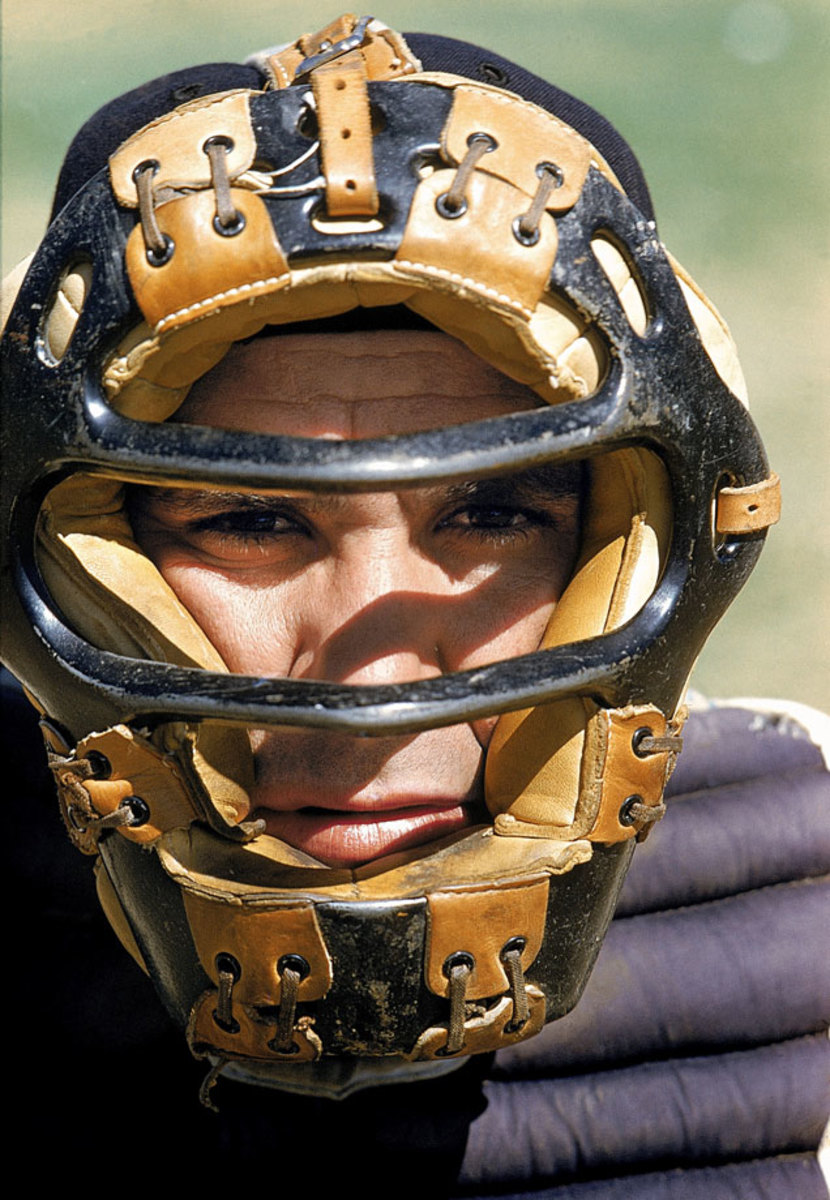
March 3, 1955
Yogi Berra
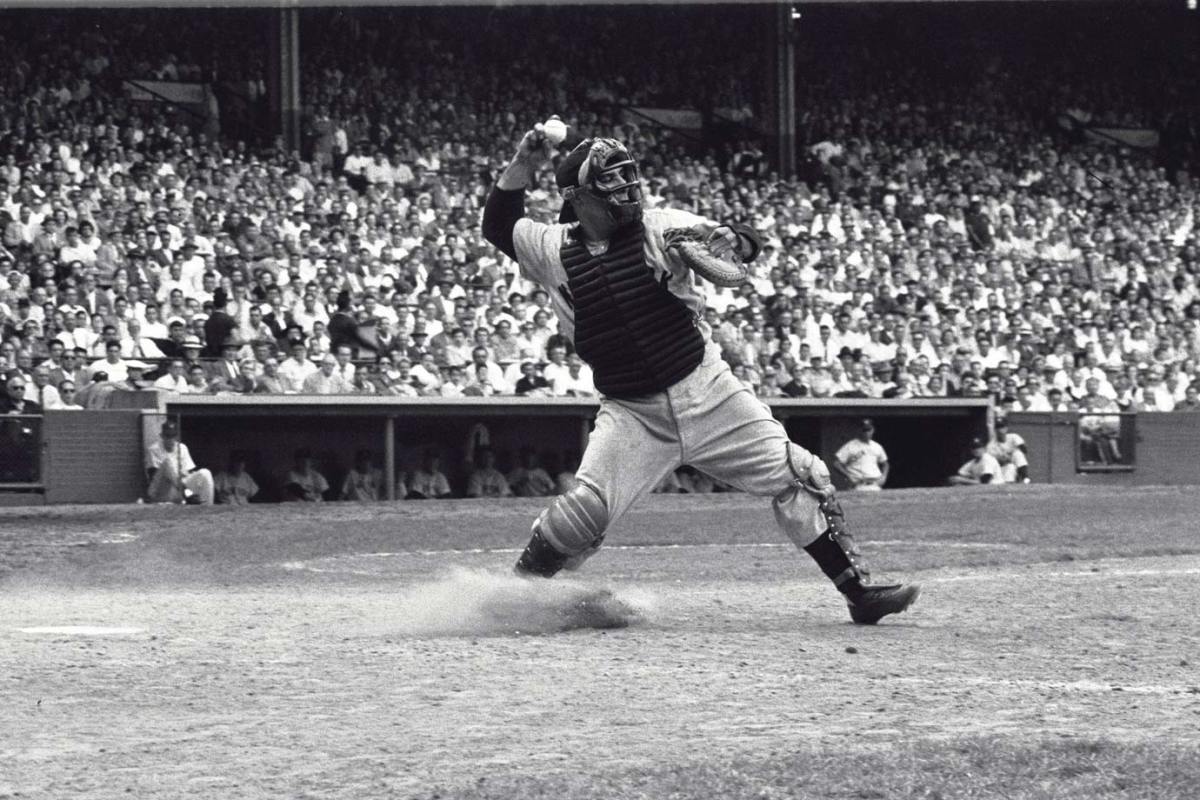
June 11, 1955
Yogi Berra
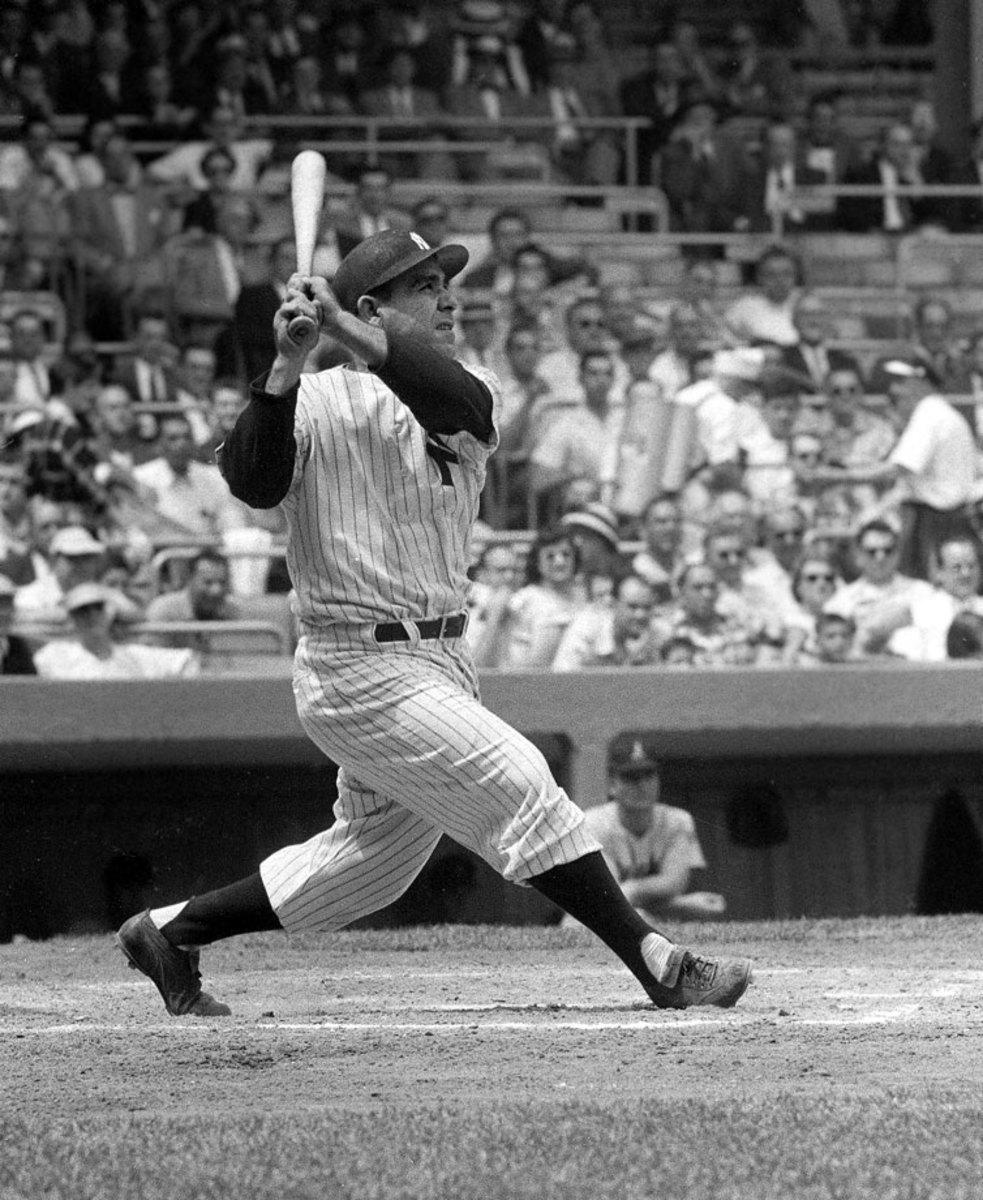
June 6, 1956
Yogi Berra and Bill Skowron
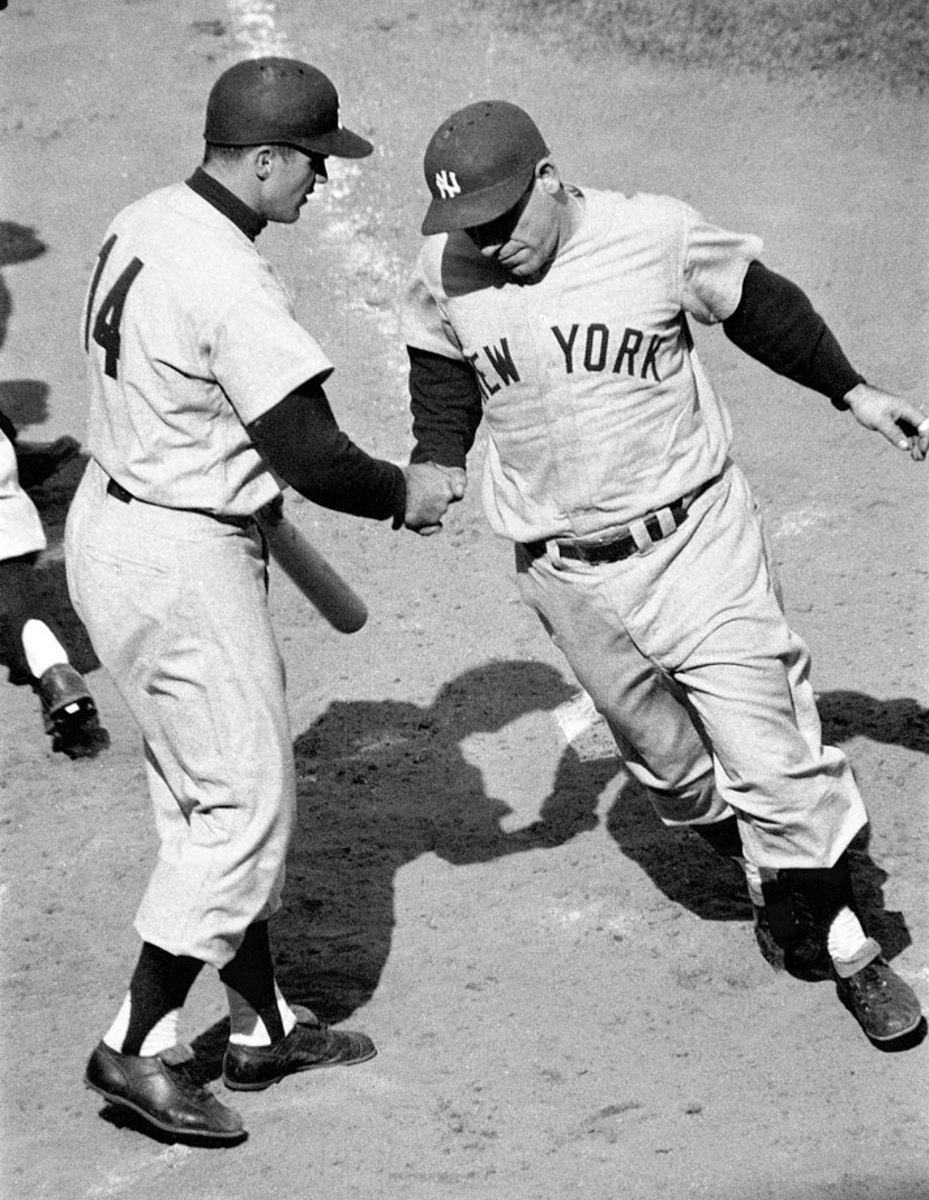
Oct. 10, 1956 — World Series, Game 7
Yogi Berra and Ted Williams
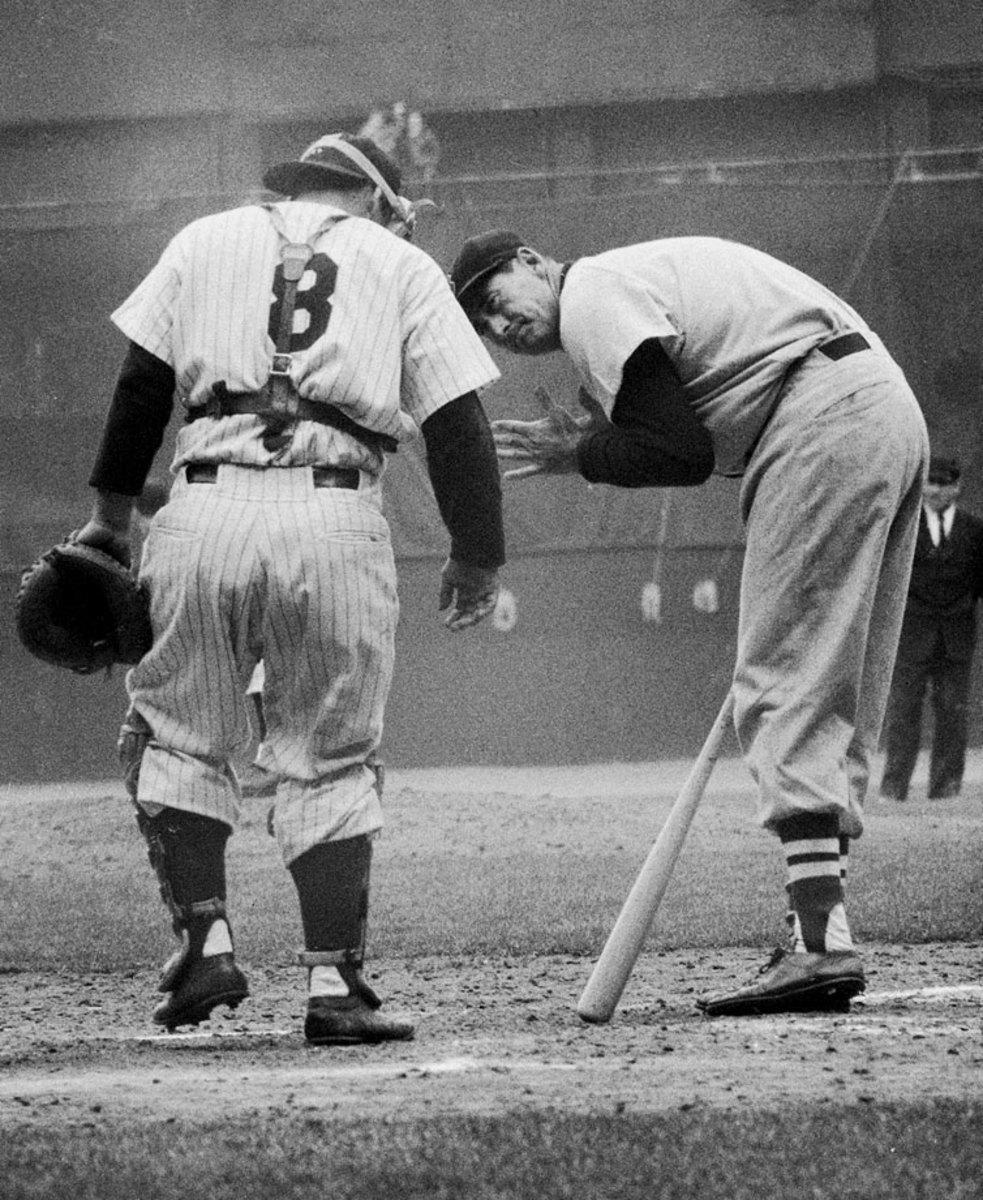
April 20, 1956
Yogi Berra
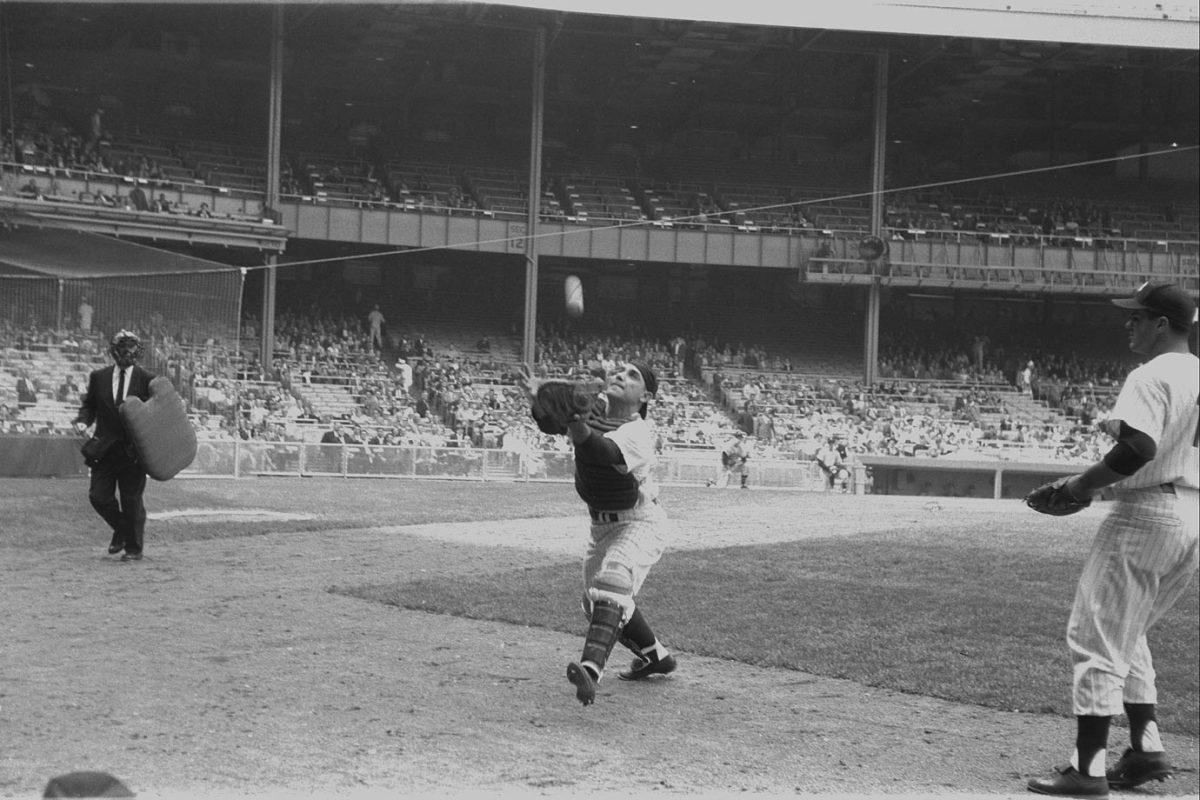
May 2, 1958
Yogi Berra
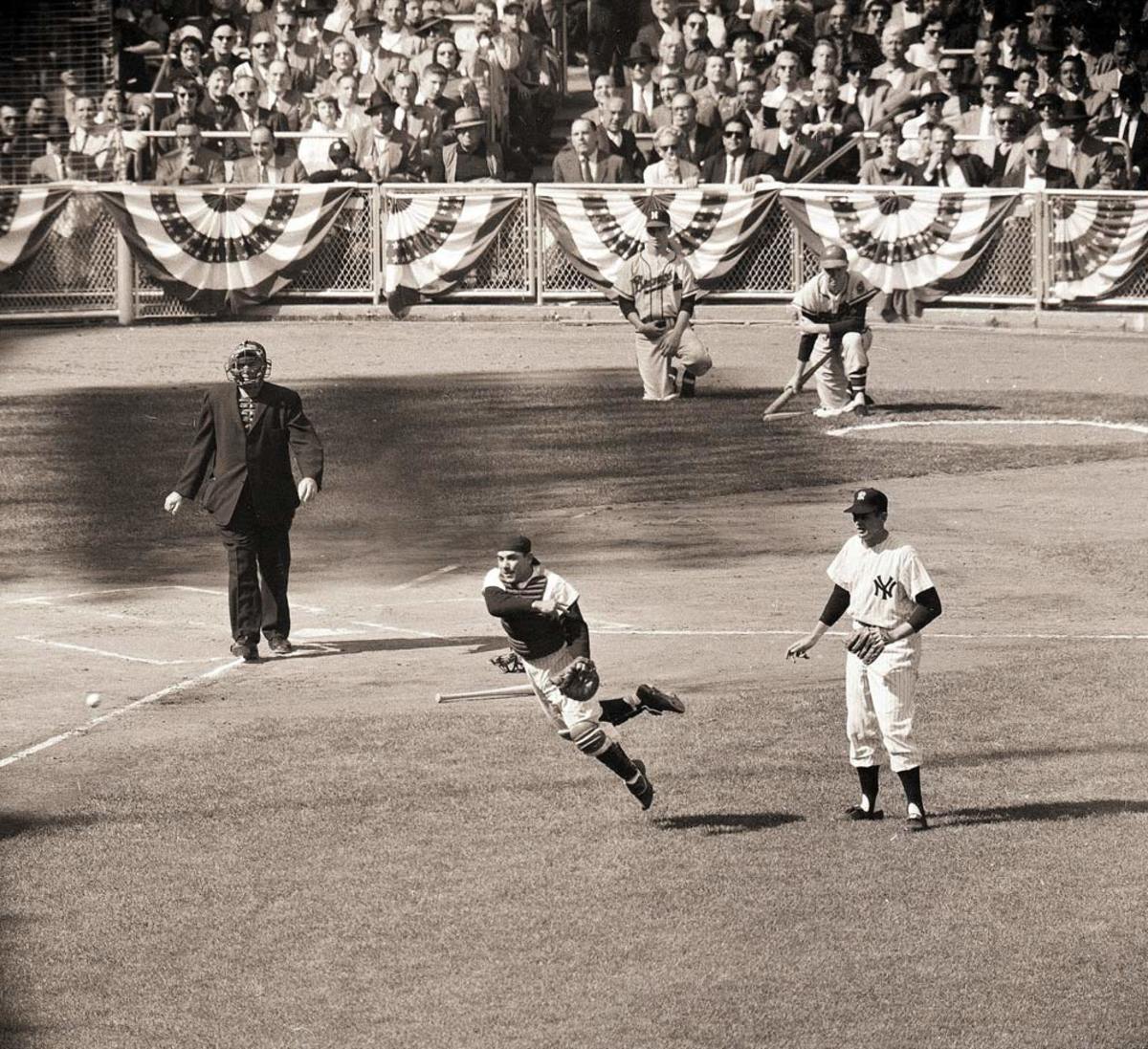
Oct. 4, 1958 — World Series, Game 3
Yogi Berra
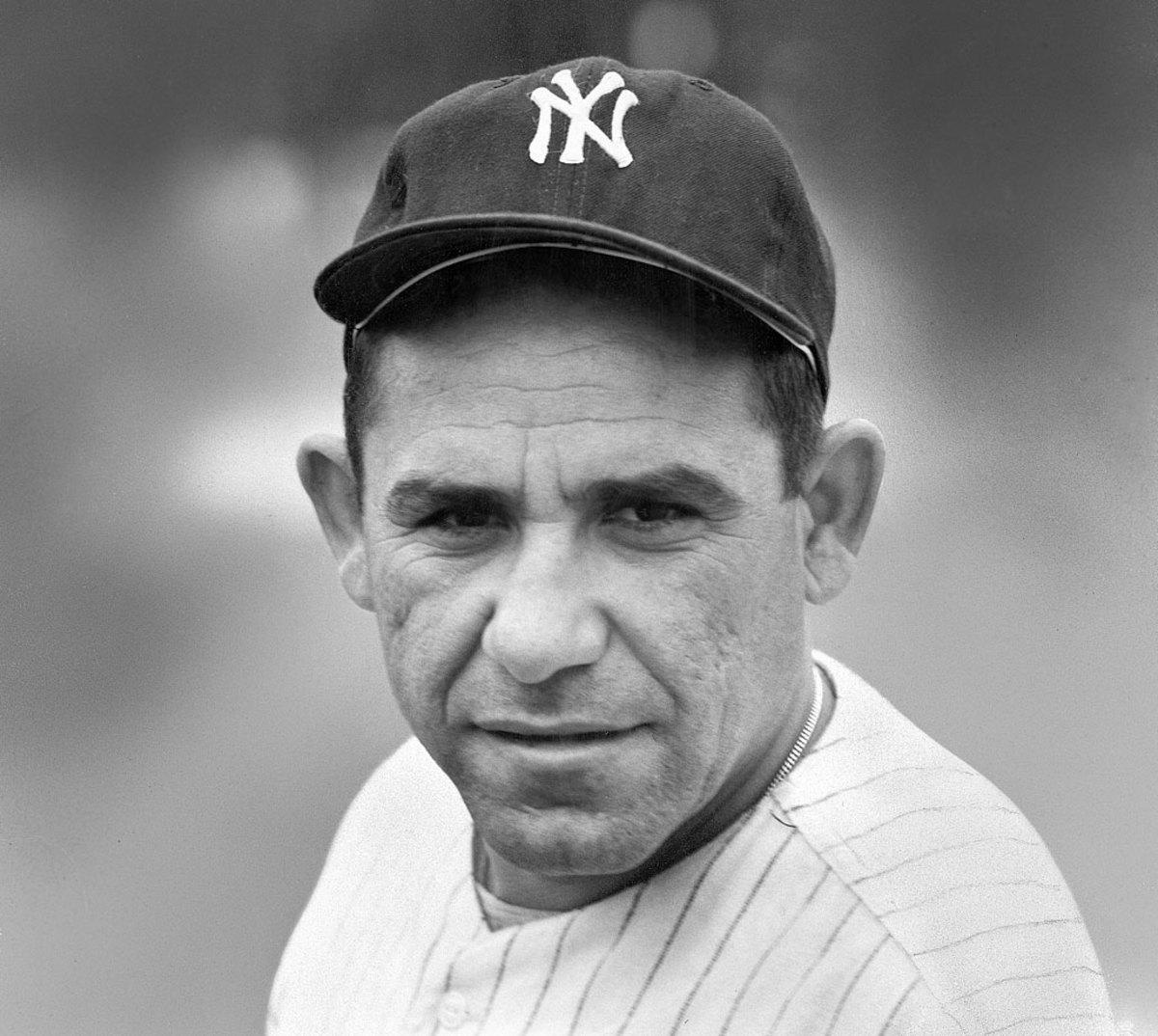
March 3, 1959
Yogi Berra and Casey Stengel
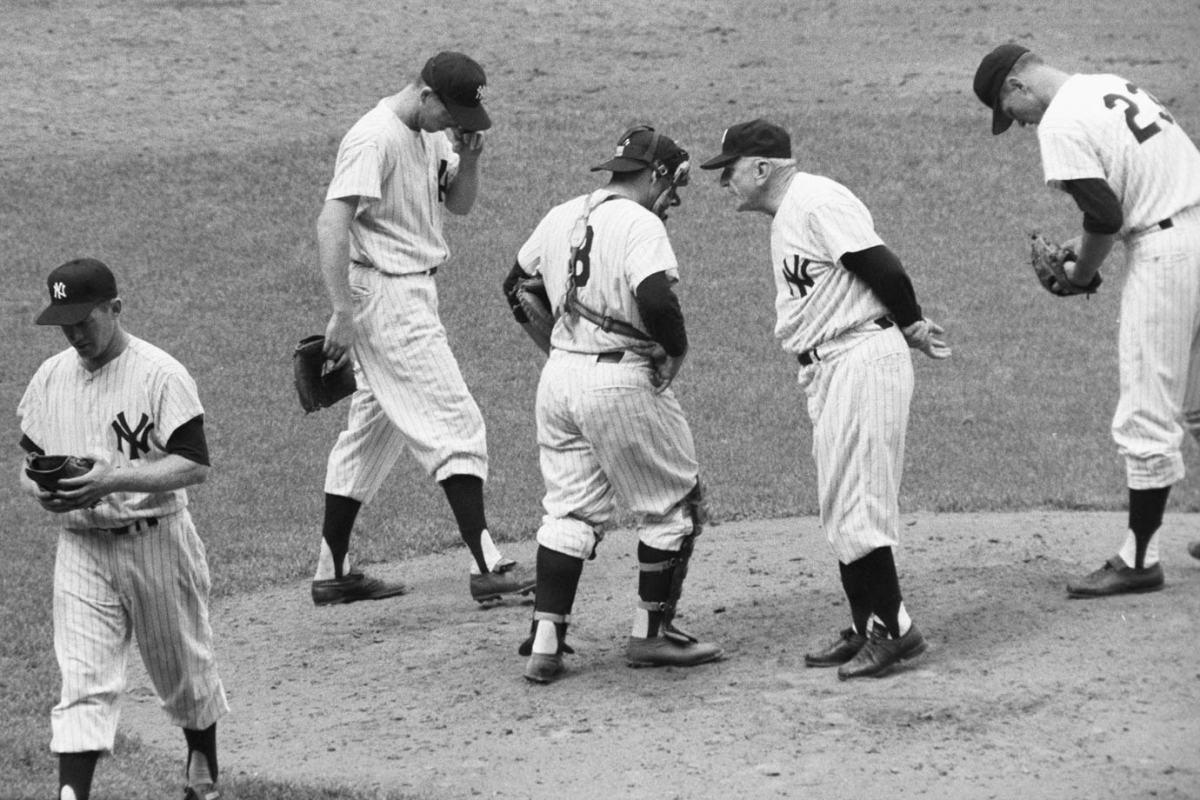
July 23, 1960
Yogi Berra
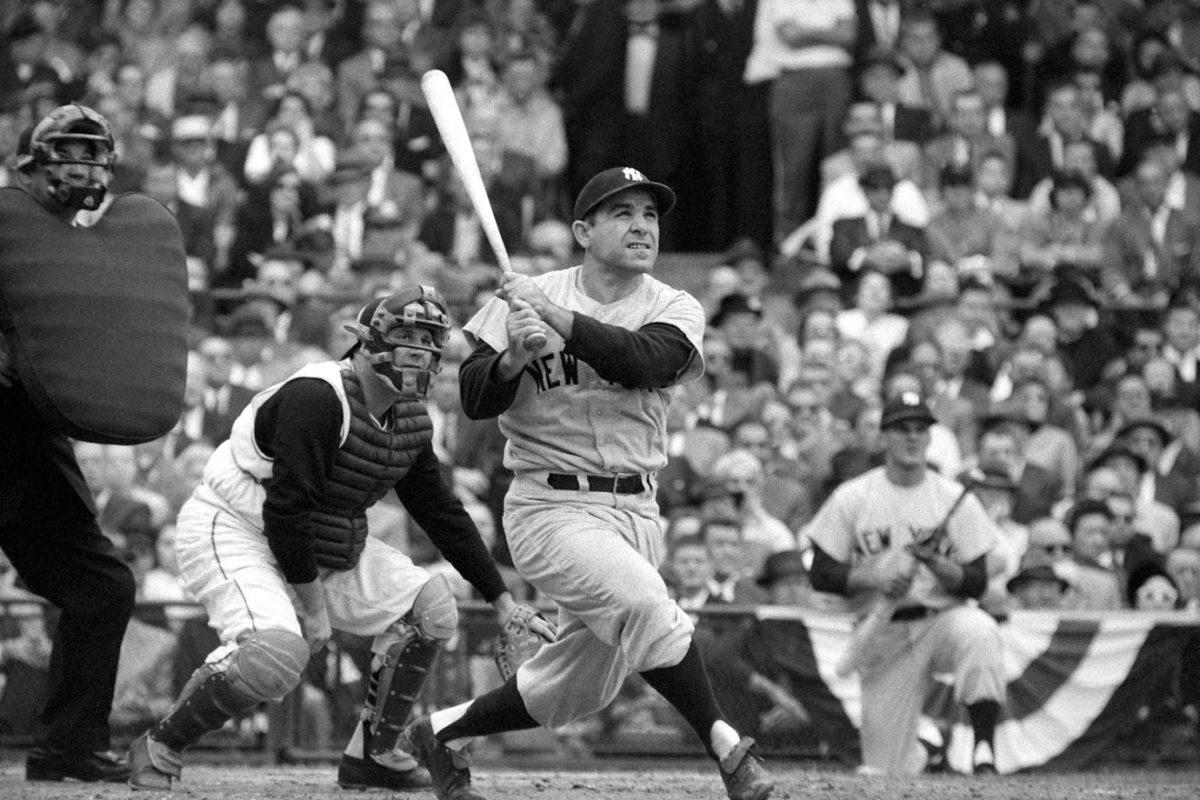
Oct. 6, 1960 — World Series, Game 1
Yogi Berra and Bill Mazeroski
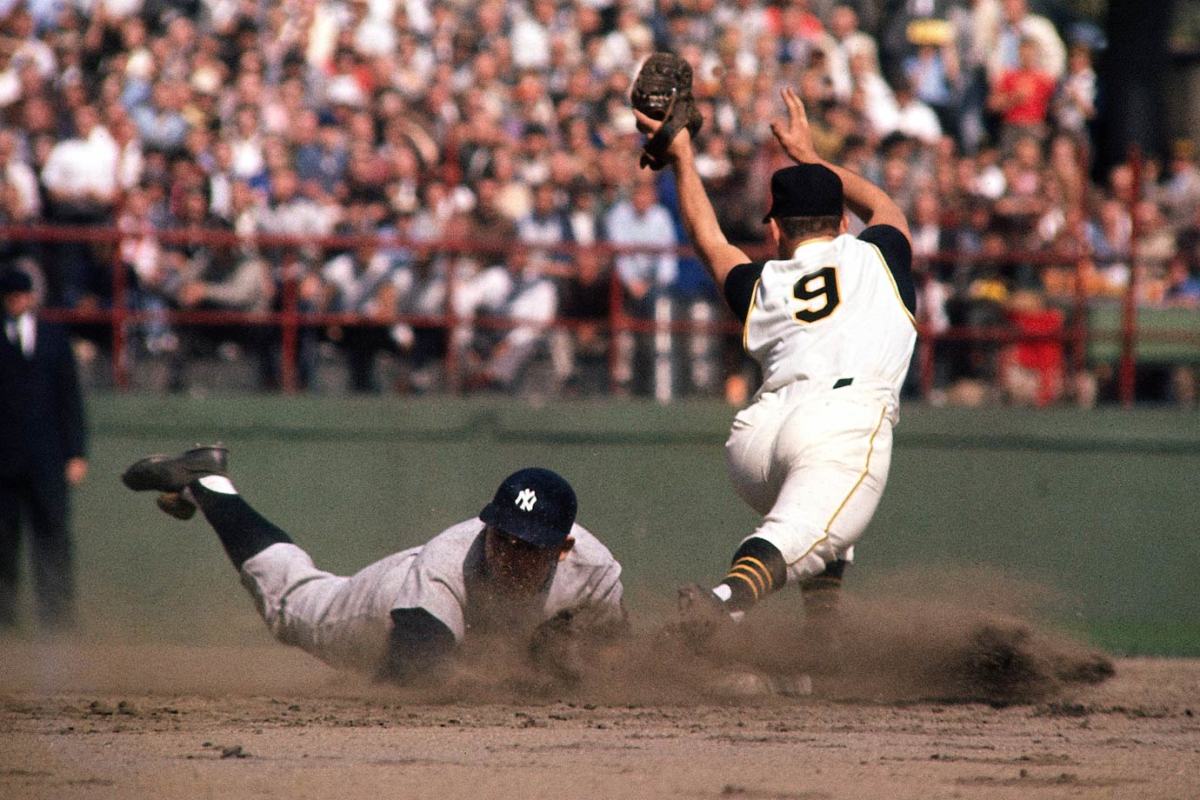
Oct. 6, 1960 — World Series, Game 1
Yogi Berra and Hank Bauer
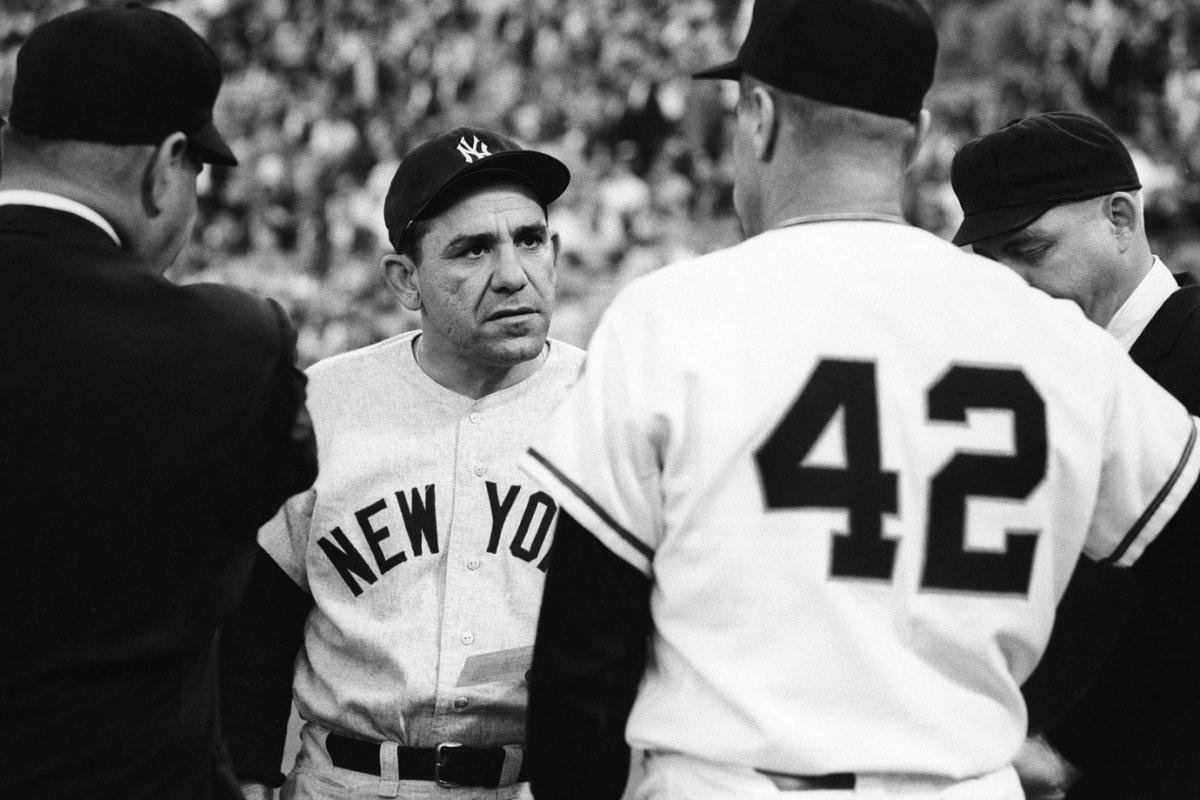
Aug. 14, 1964
Yogi Berra
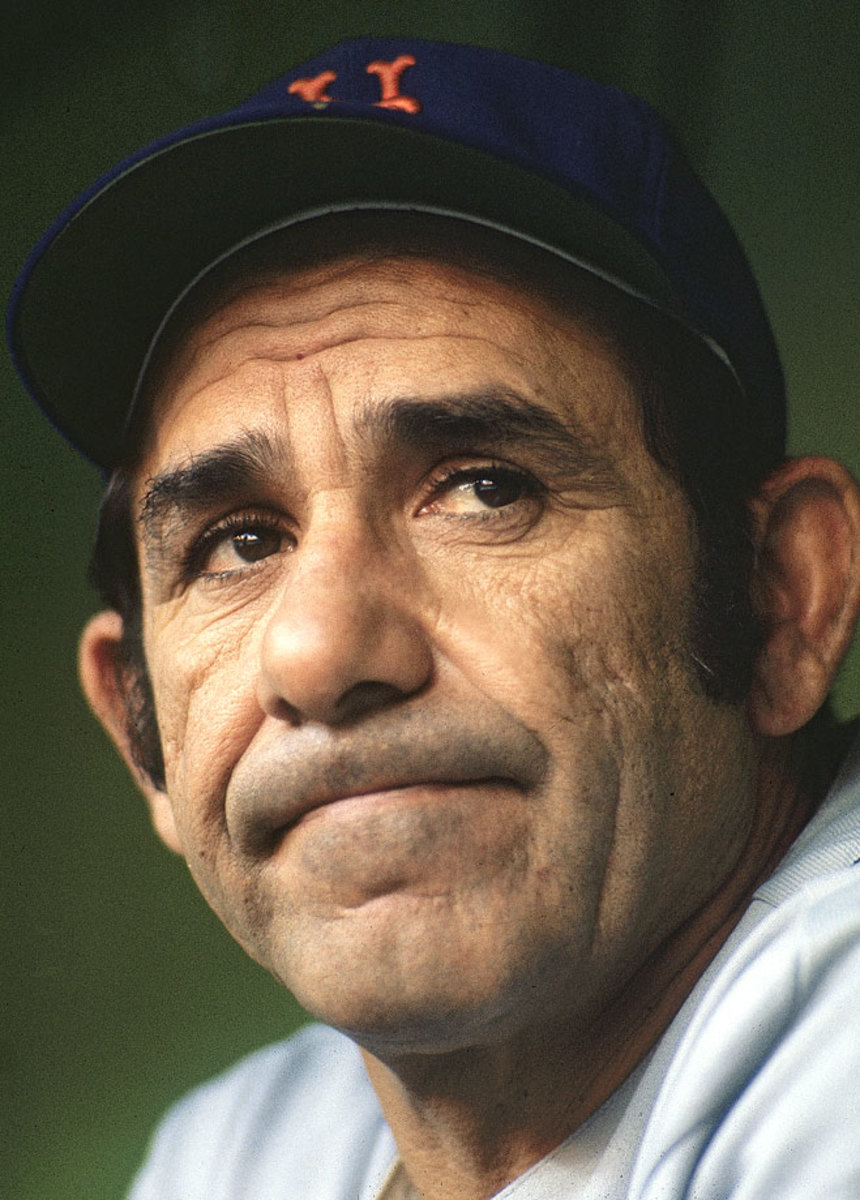
Sept. 12, 1973
Yogi Berra and Sparky Anderson
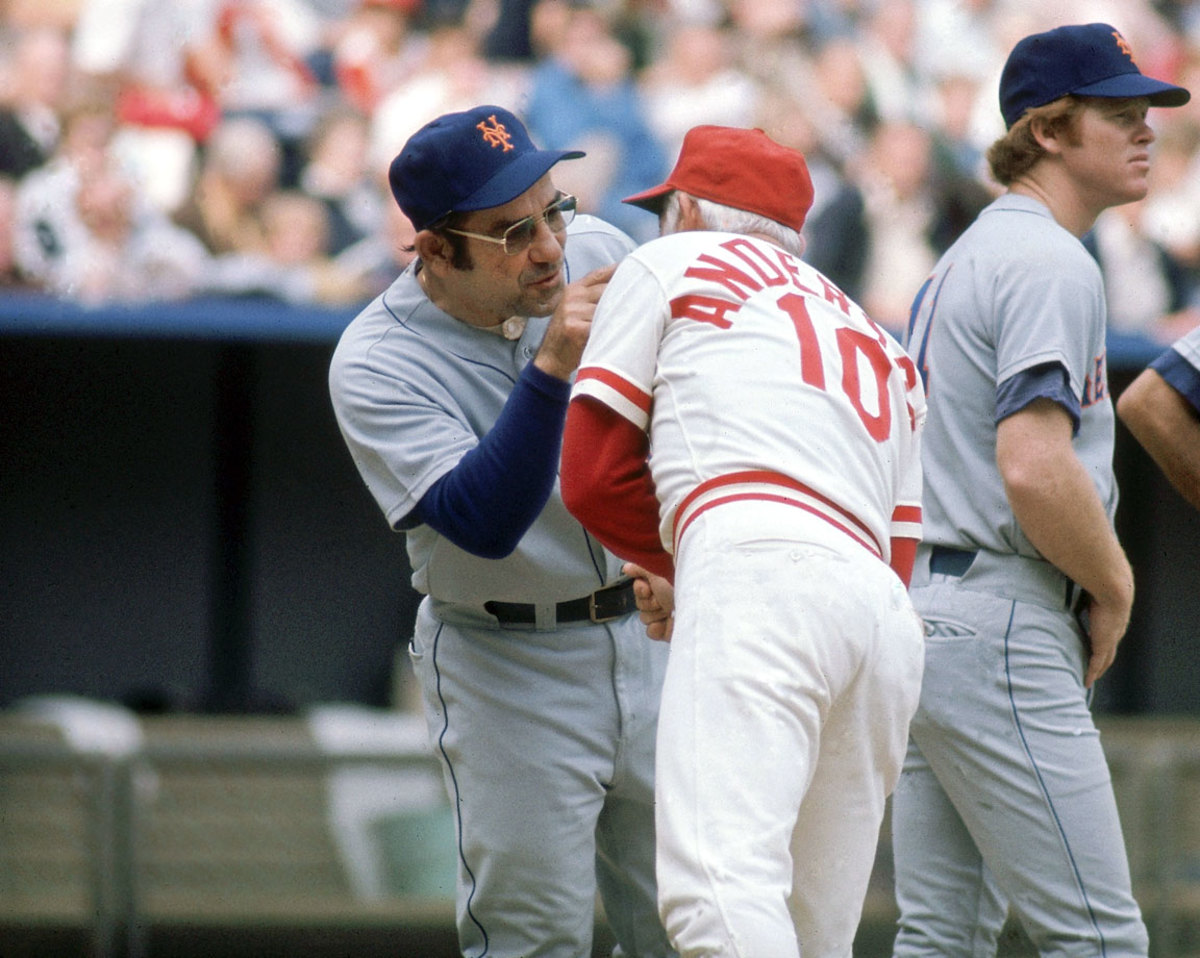
Oct. 6, 1973 — NLCS, Game 1
Yogi Berra and Tug McGraw
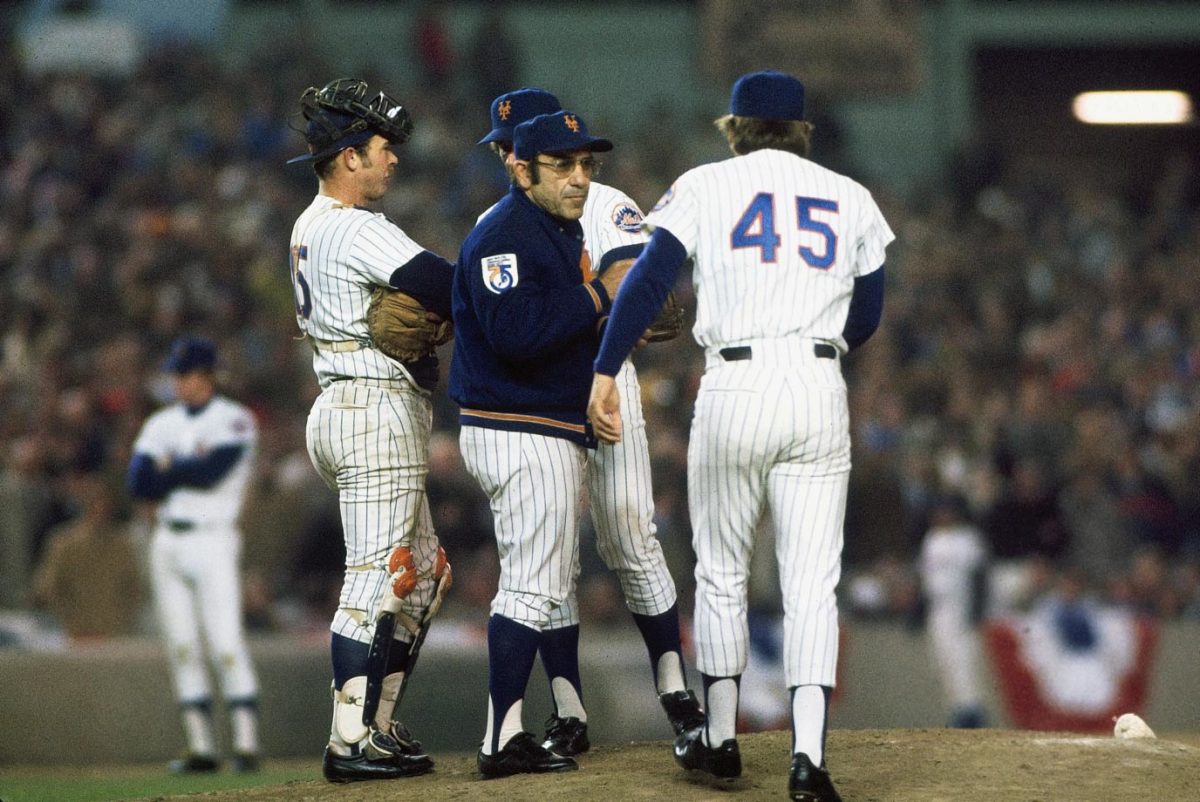
Oct. 18, 1973 — World Series, Game 5
Yogi Berra
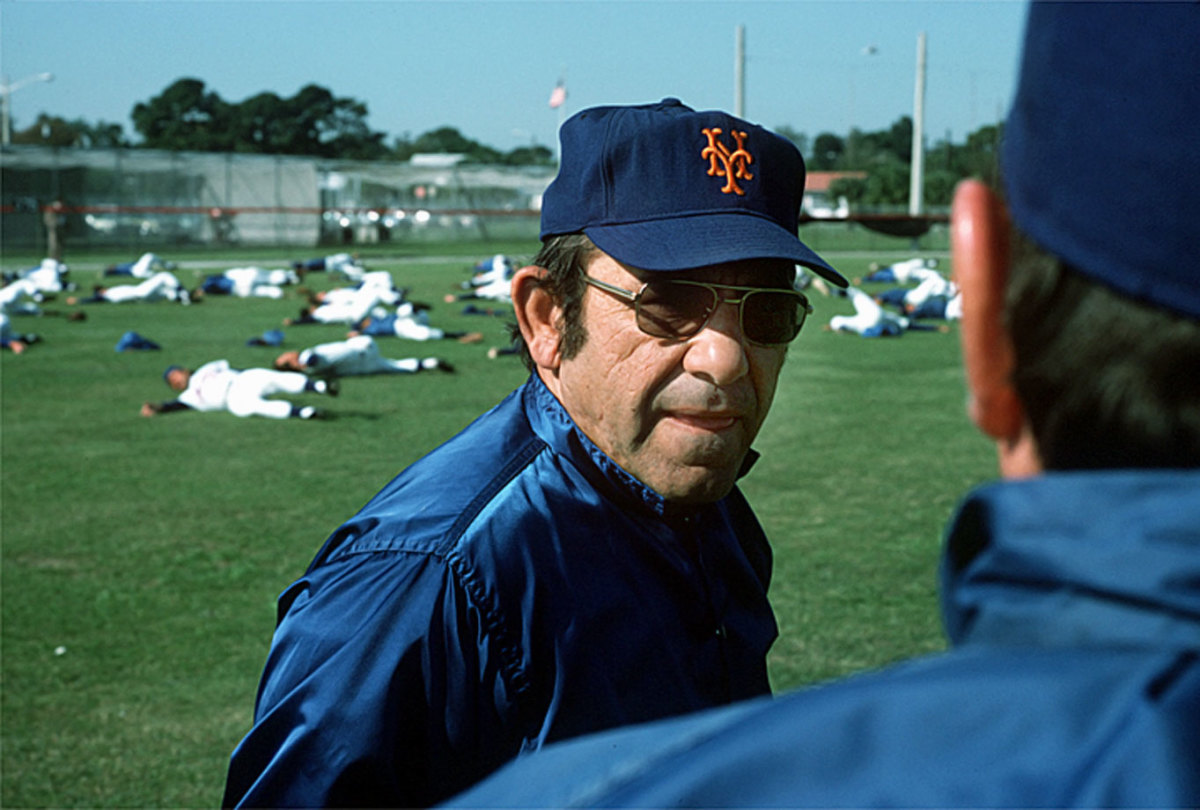
March 10, 1975
Yogi Berra
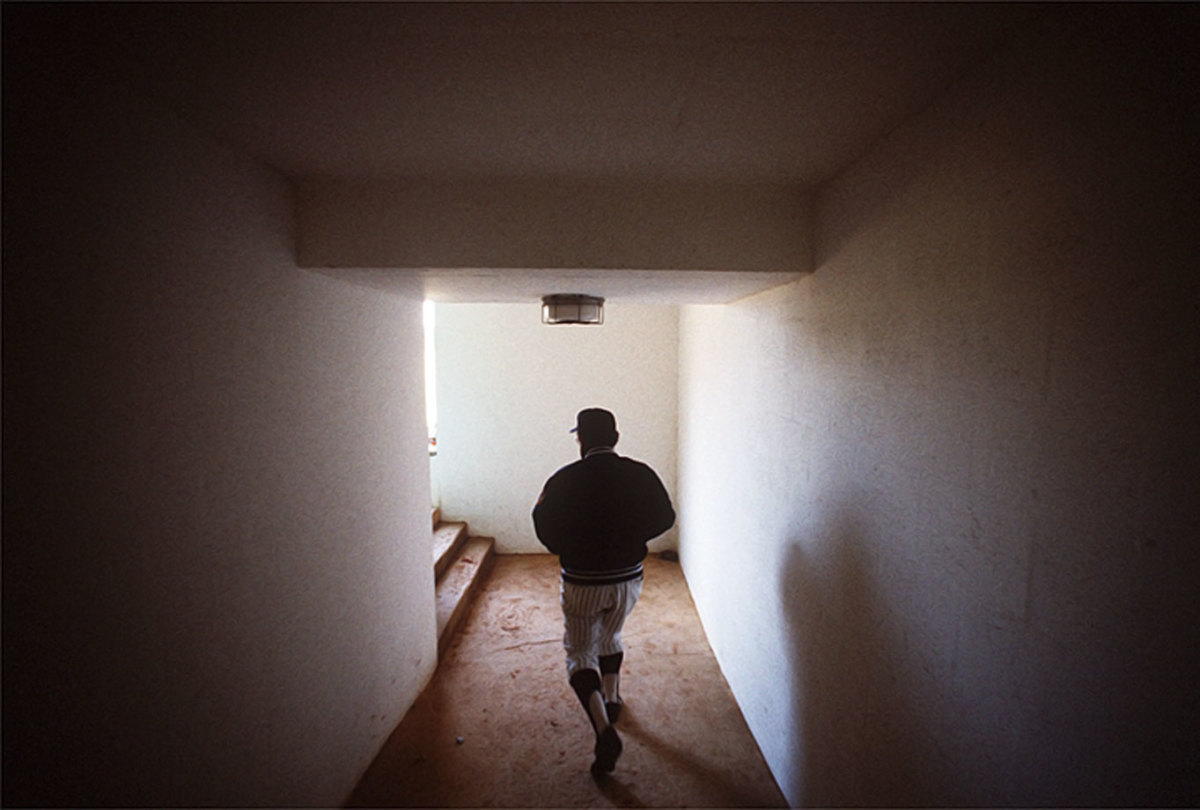
March 2, 1984
Yogi Berra and George Steinbrenner
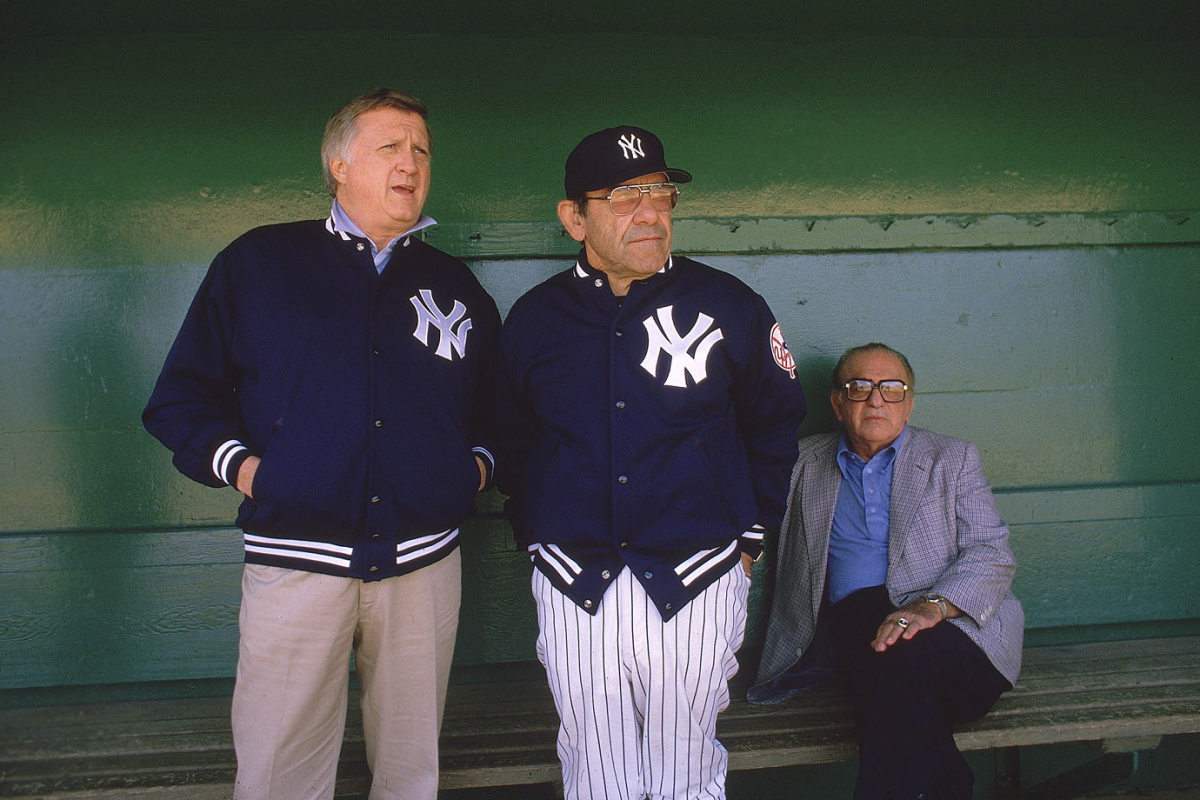
March 2, 1984
Yogi Berra
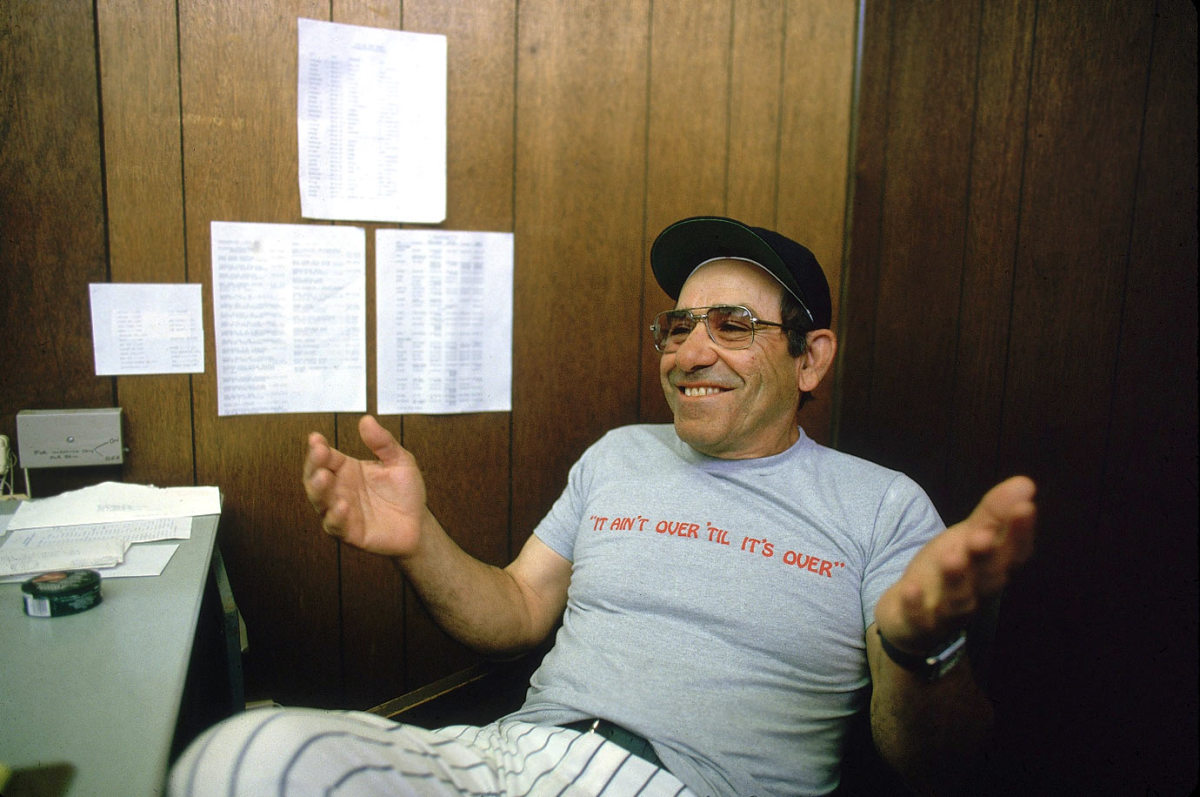
March 2, 1984
Yogi Berra
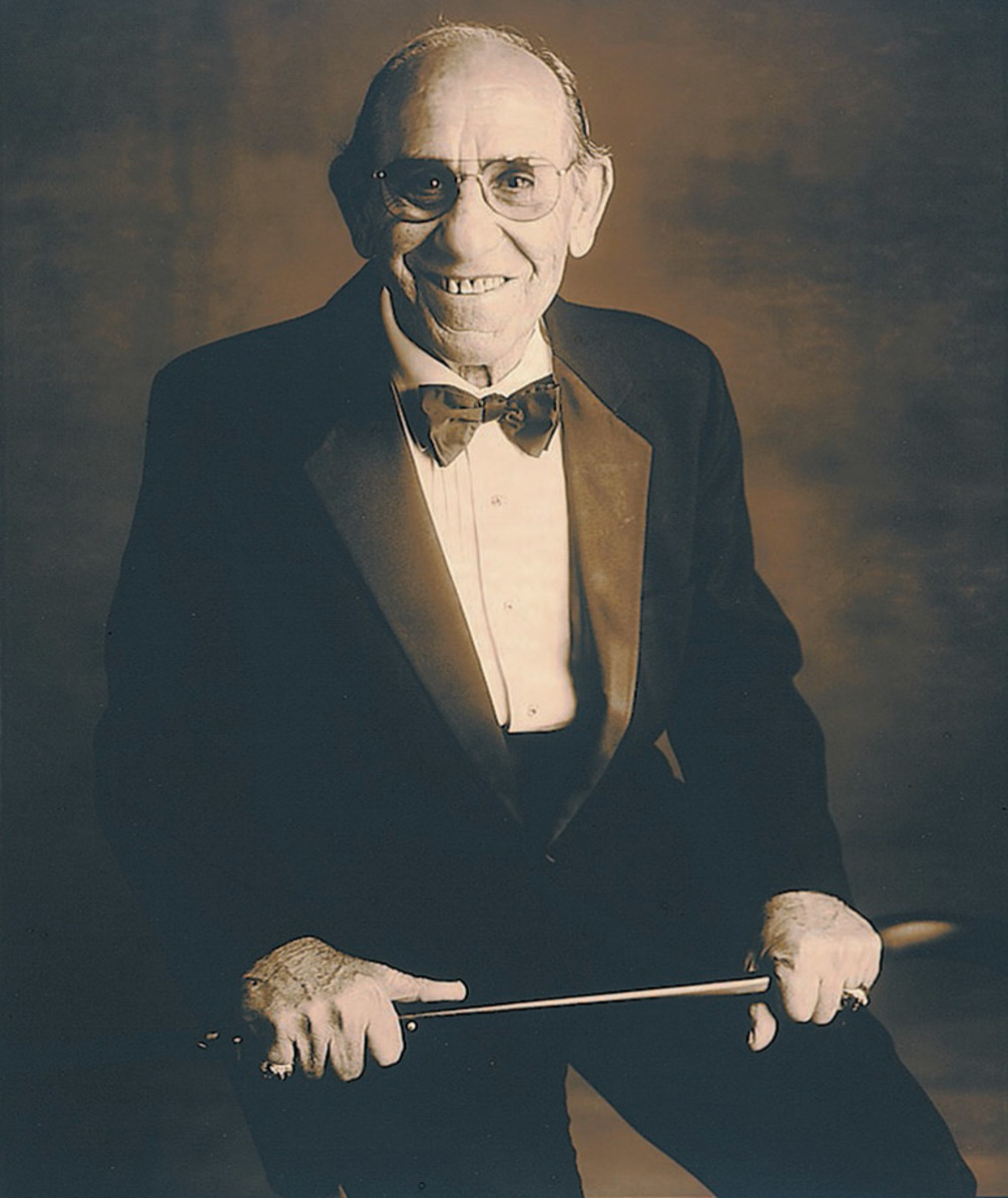
Dec. 2, 1999
Yogi Berra and Whitey Ford
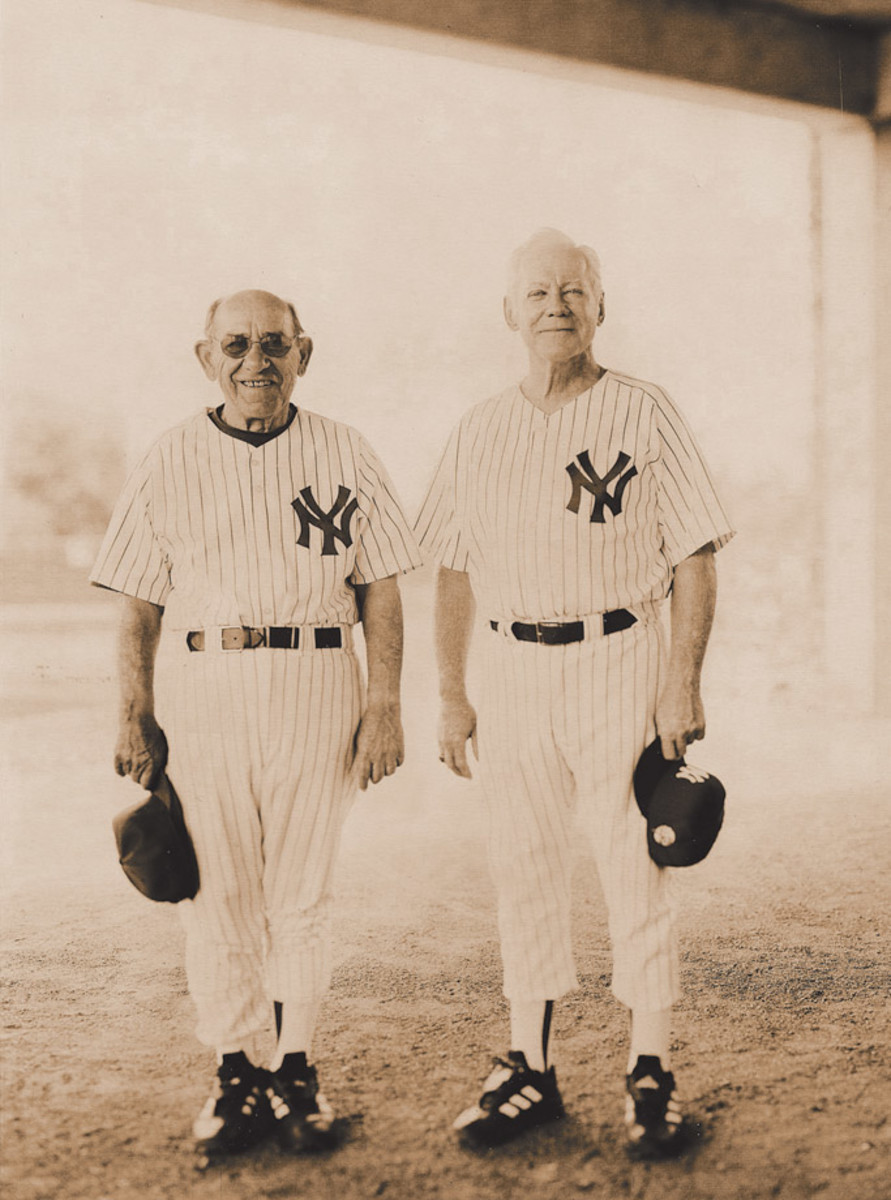
March 17, 2001
Yogi Berra
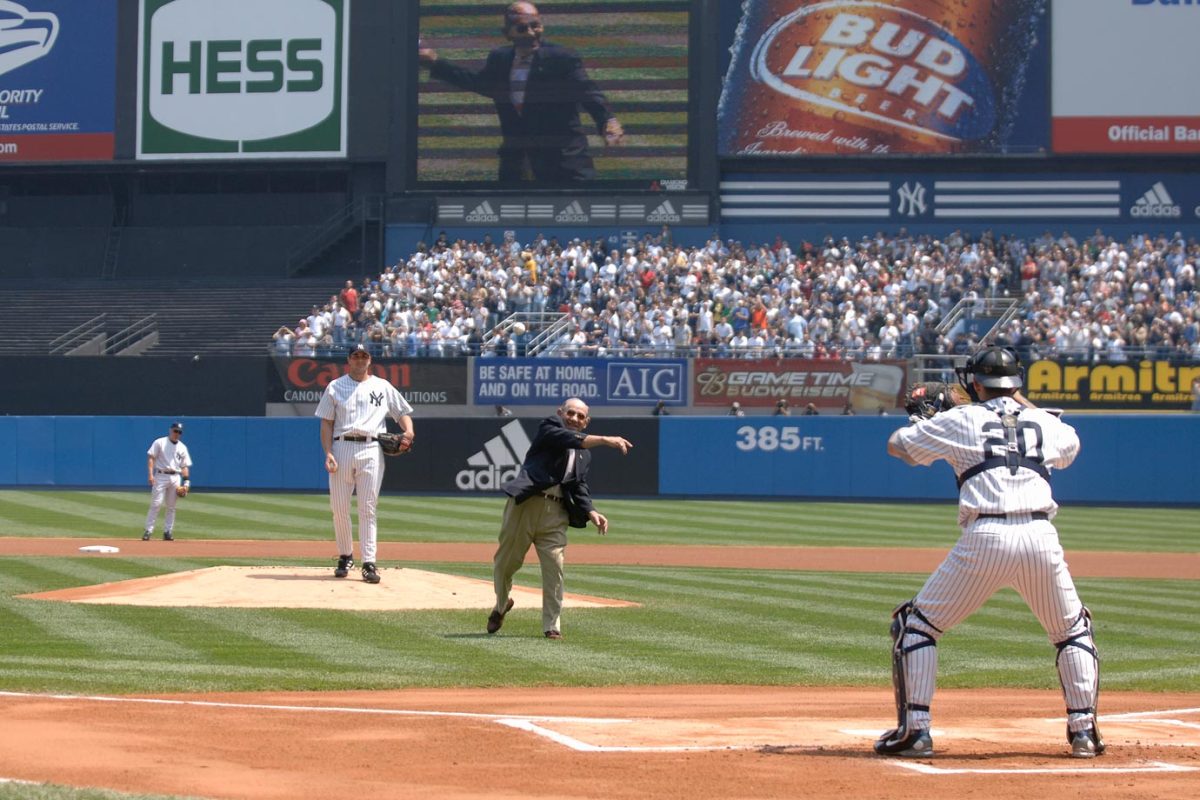
May 11, 2005
Yogi Berra, Joe Torre and Randy Johnson
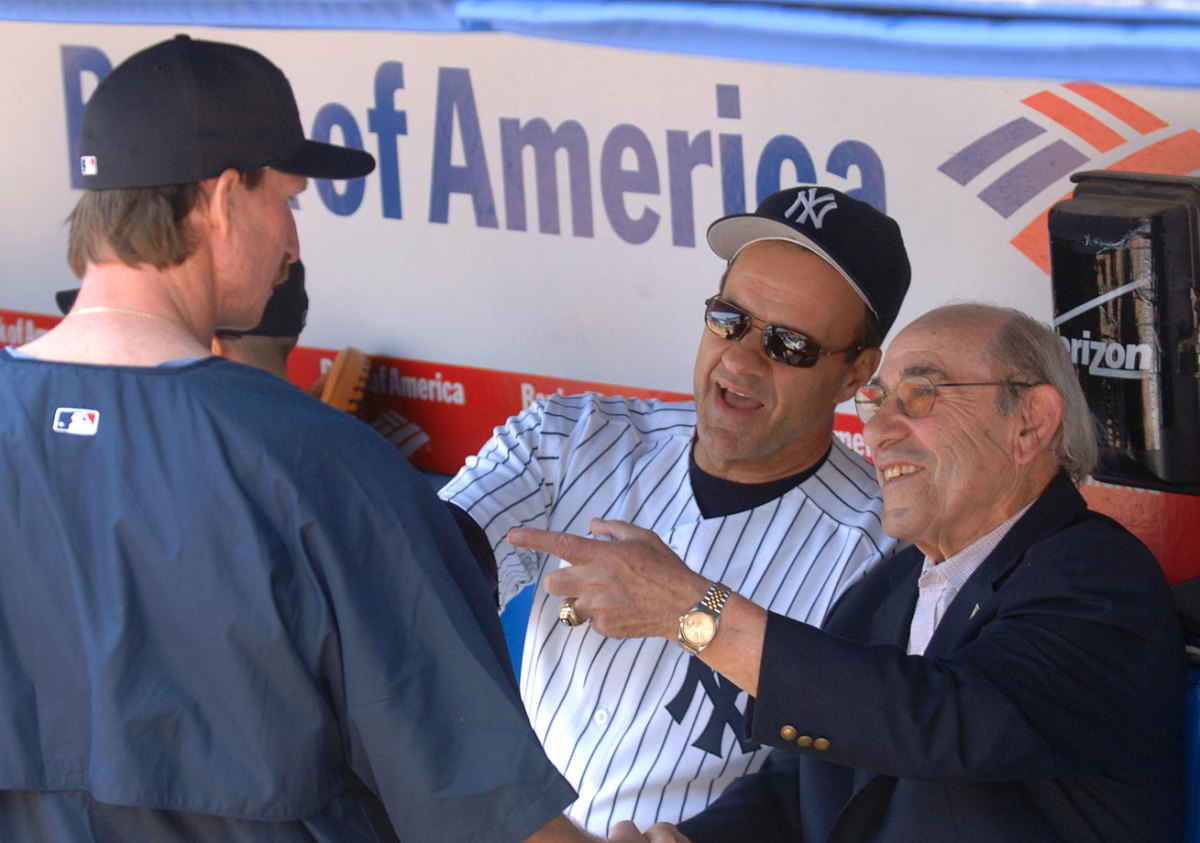
May 11, 2005
Yogi Berra and Whitey Ford
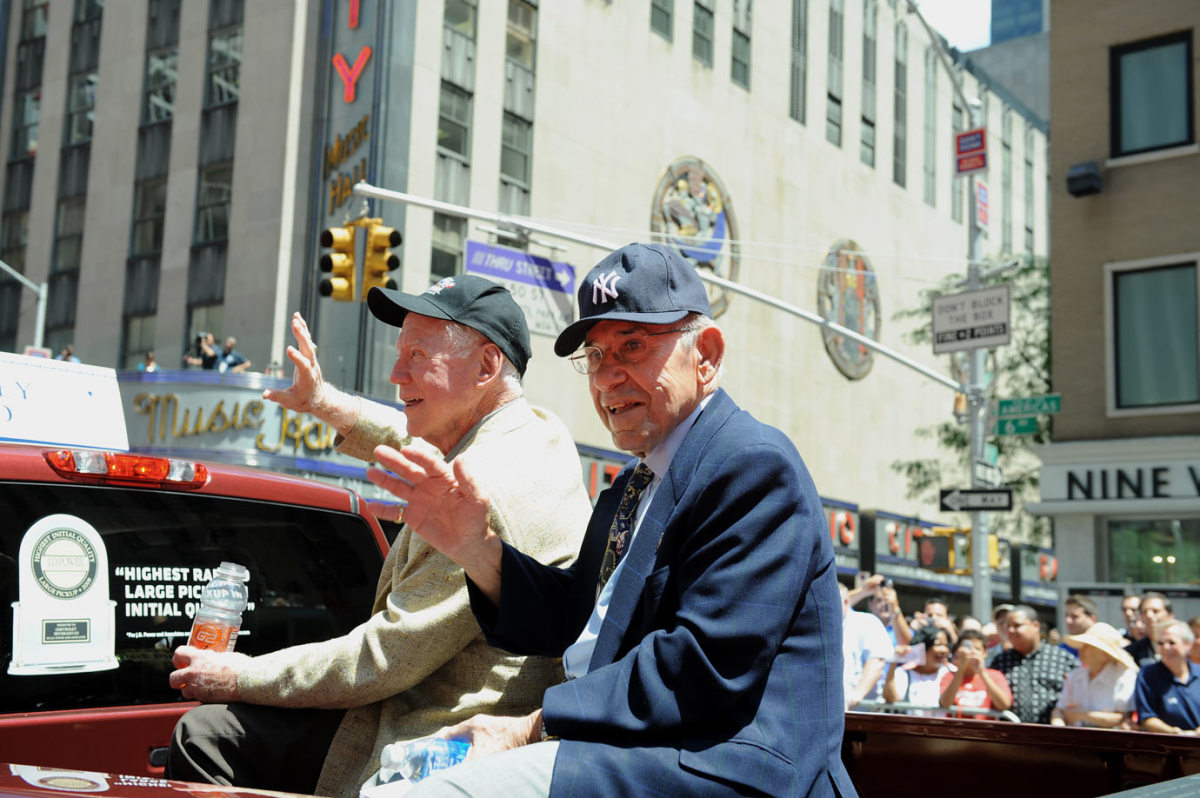
July 15, 2008 — MLB All-Star Game Parade
Yogi Berra and Gary Carter
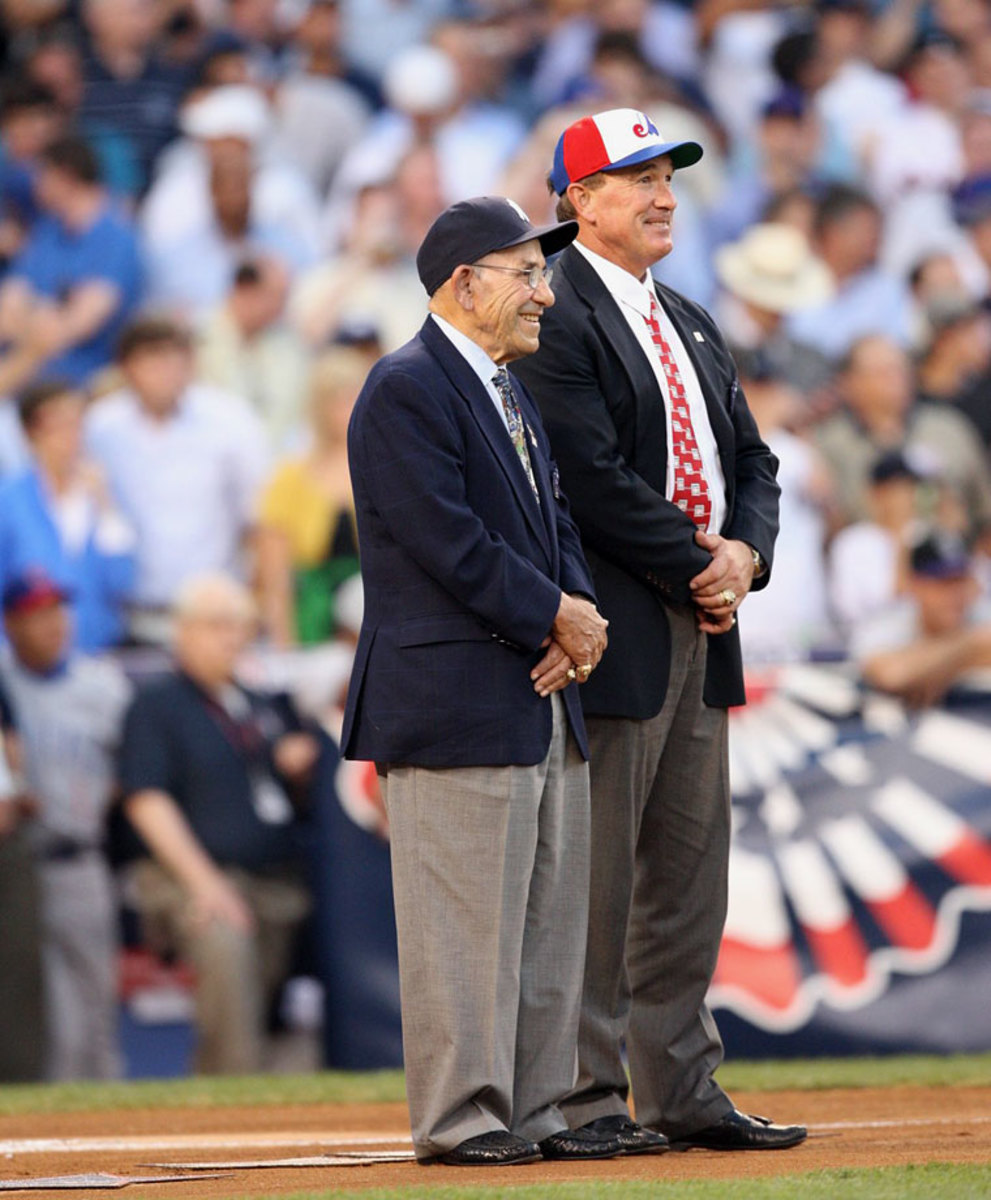
July 15, 2008 — MLB All-Star Game
Yogi Berra
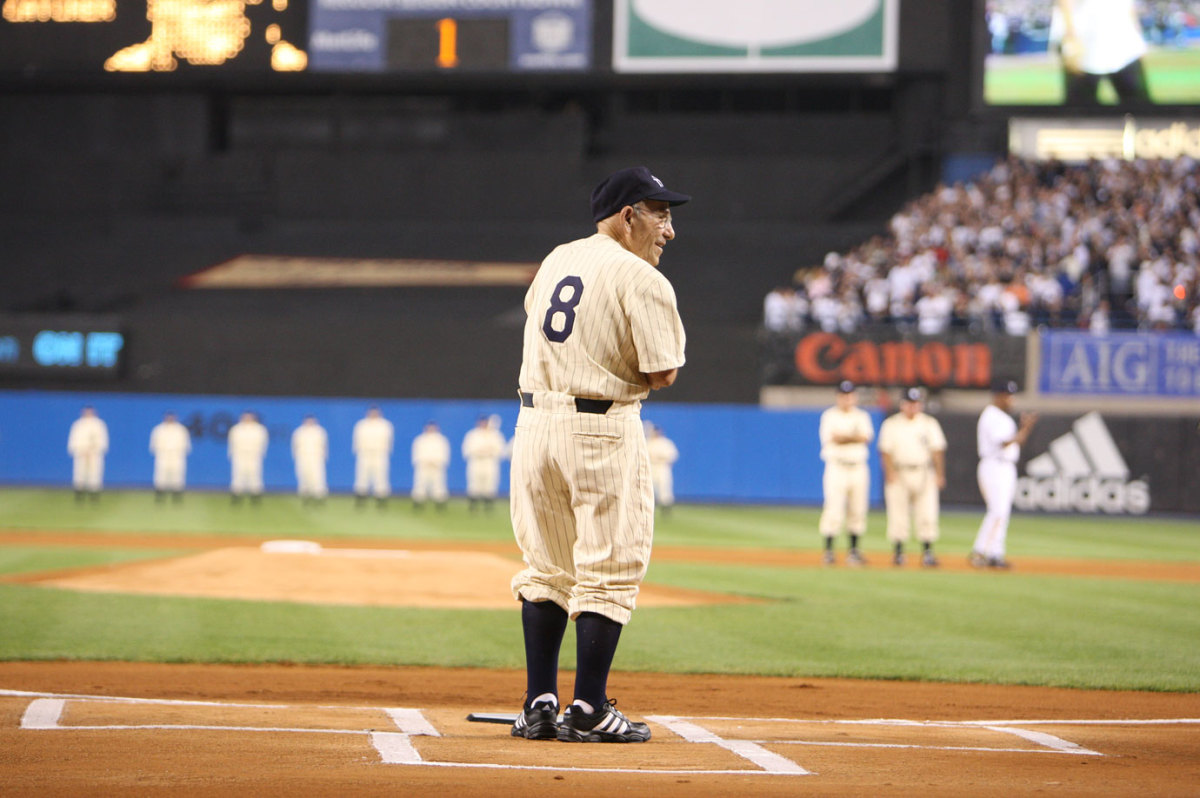
Sept. 21, 2008
Yogi Berra and Derek Jeter
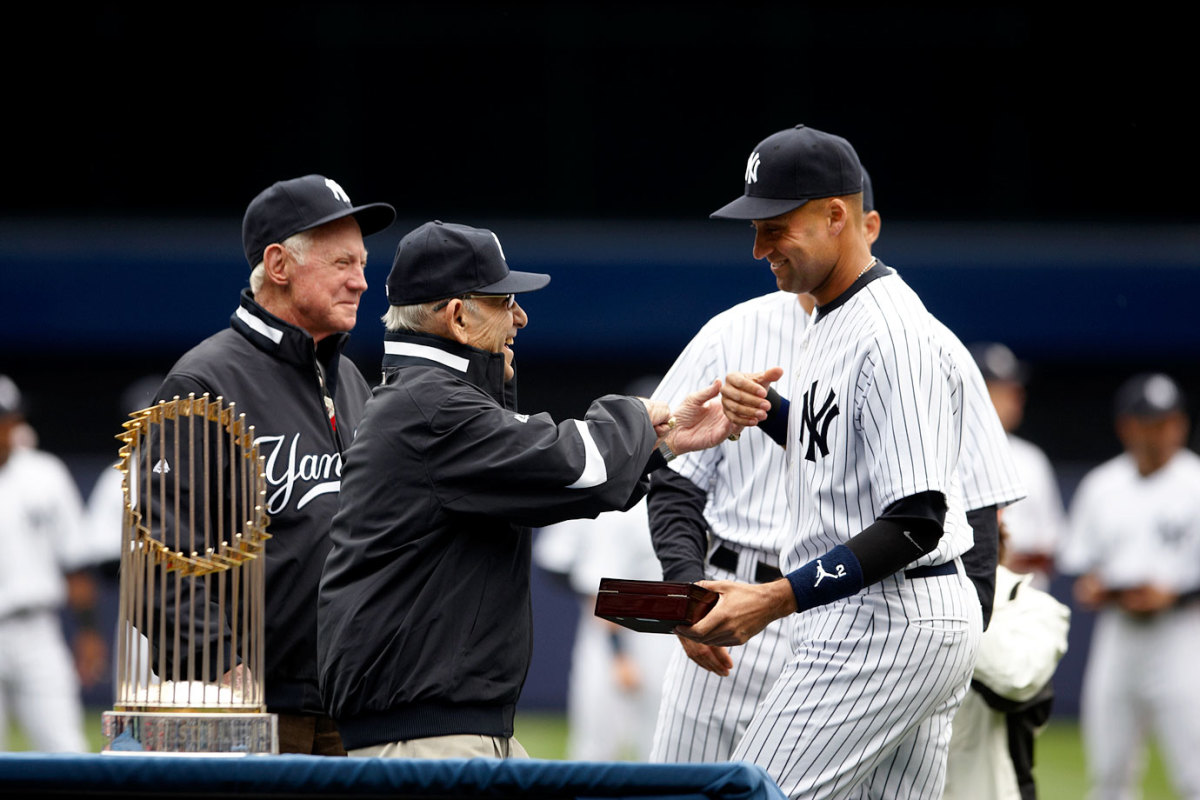
April 13, 2010
Yogi Berra
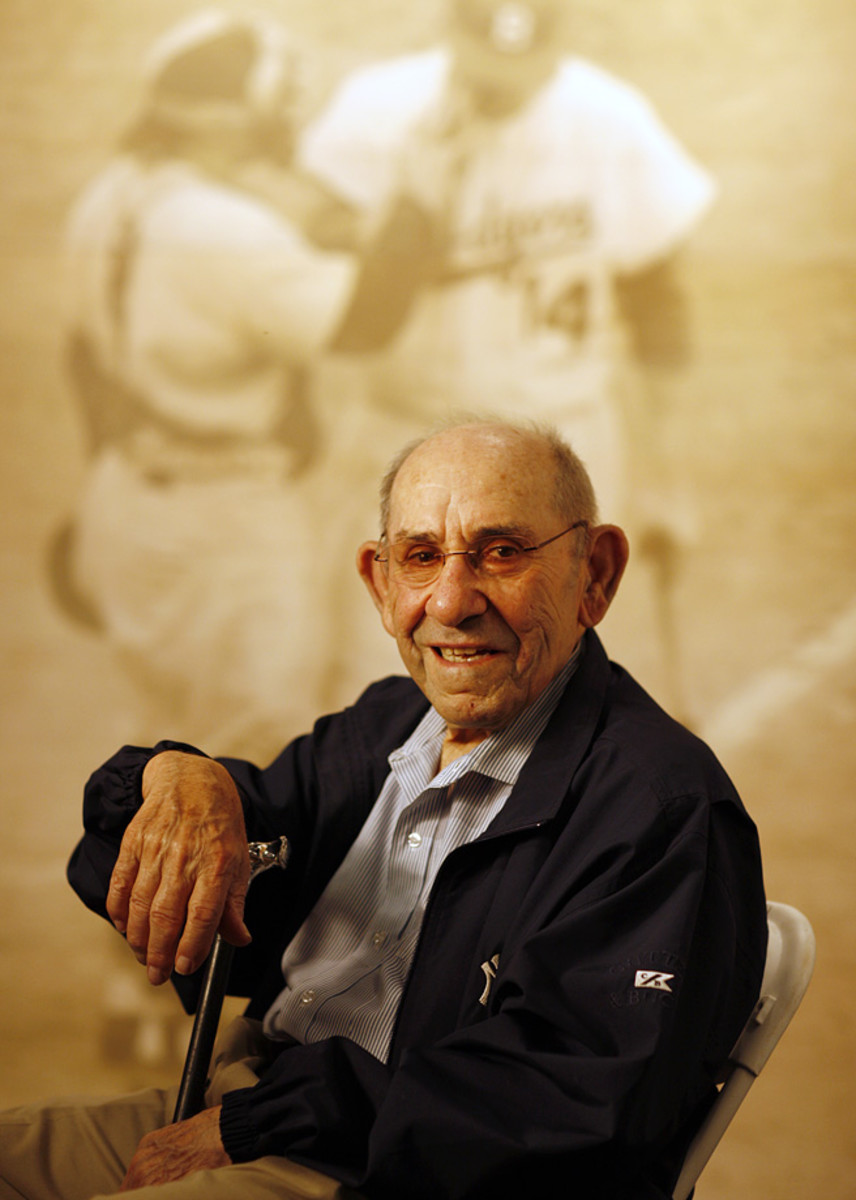
June 8, 2011
Yogi Berra, Darryl Strawberry and Mel Stottlemyre
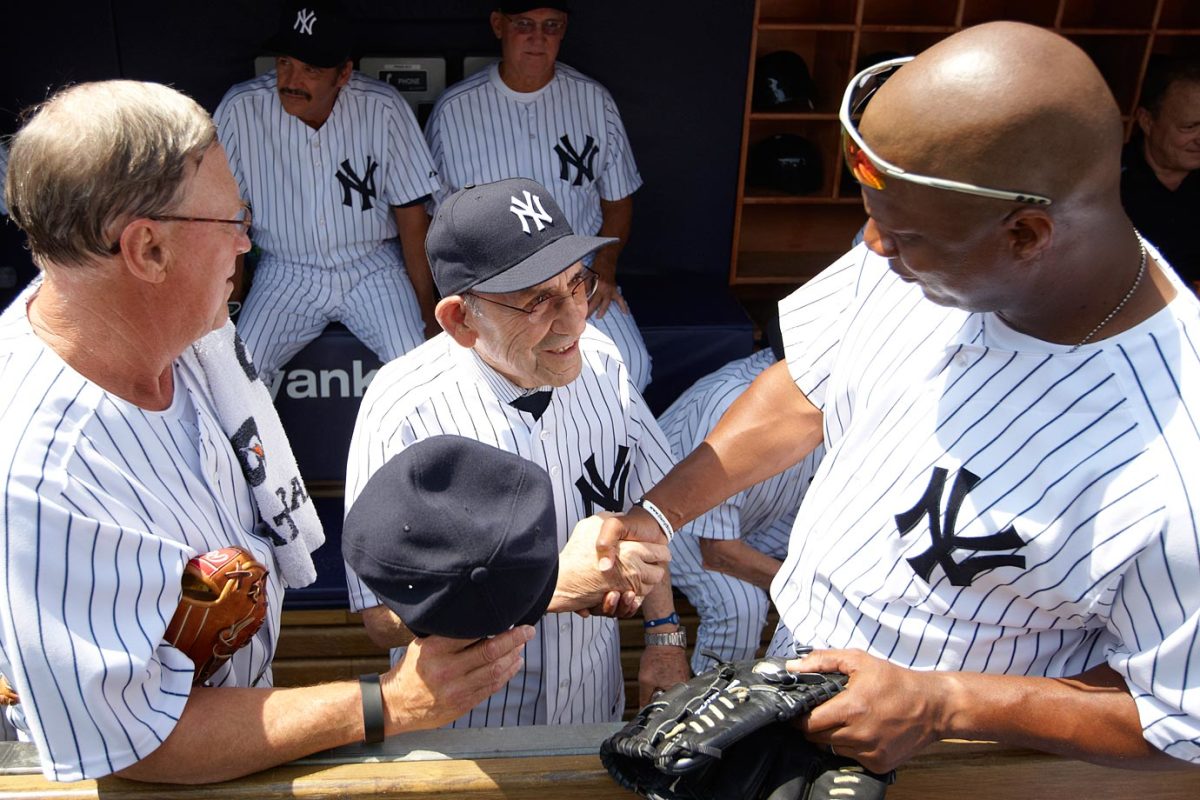
June 26, 2011
Yogi Berra
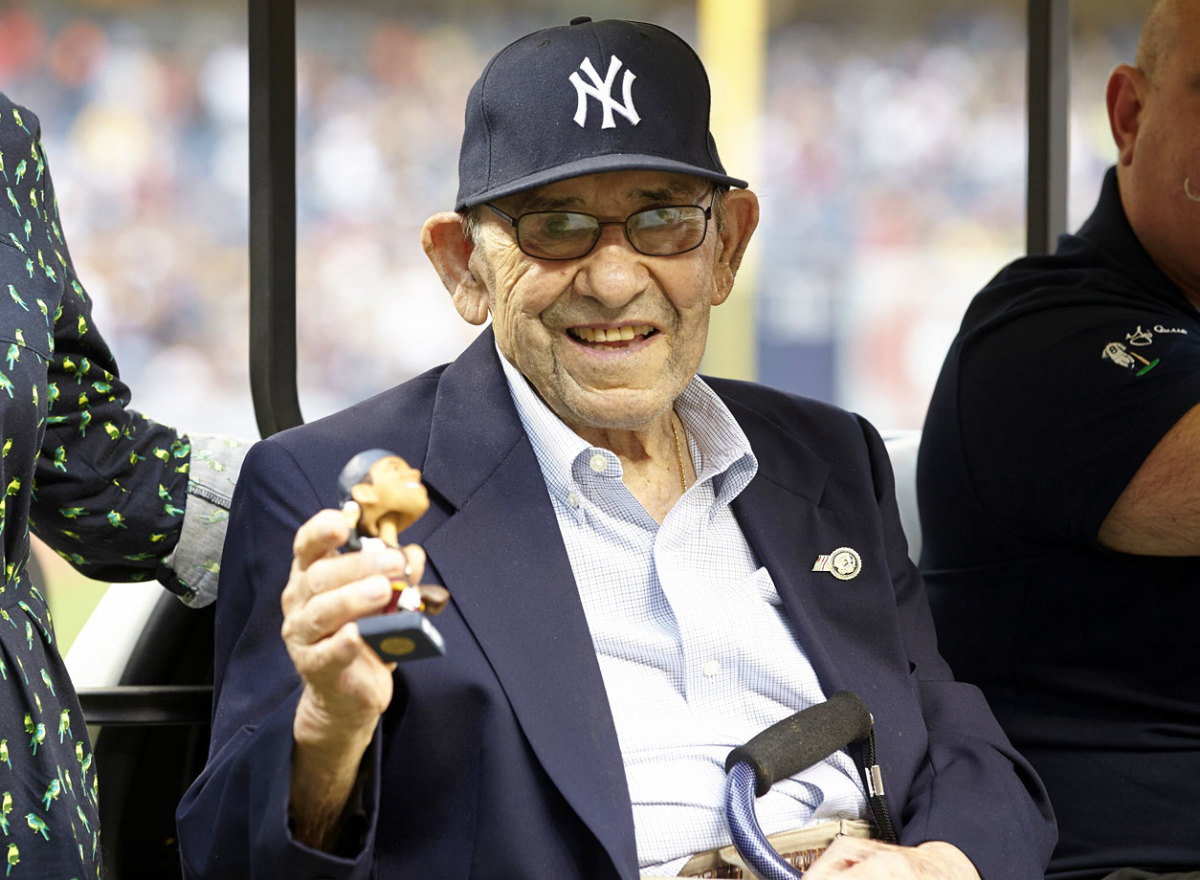
Aug. 30, 2013
